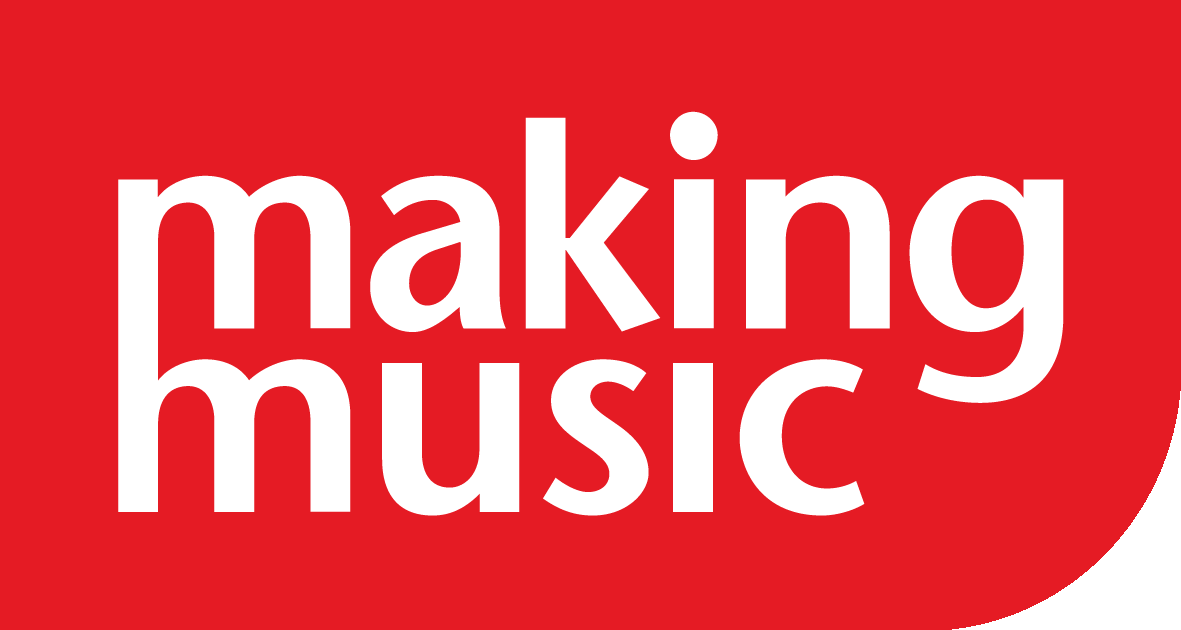What price a photo?
Understanding image copyright may seem daunting, but learning how to use and properly credit photos found online can help ensure that your group avoids hefty fines and legal infringements.
I was reminded what a minefield this area of copyright is by one of our members recently.
Over a year ago, they built a new website. This summer they received a notification from company PicRights that they owed money for infringing copyright on three images they'd used. The member group explained they’re a small volunteer-led charity and that they’d made genuine mistakes. They immediately removed the relevant photos from their site and apologised.
PicRights insisted the group owed the hefty fines (for 3 images £474, with an early paying discount ‘only’ £354). Quite a sum for a small music group!
There are two issues here.
The first: be careful what images you use on your websites. Just because you can find them online does not mean they are free of copyright. And it’s not just a matter of crediting the creator, it is a matter of paying them for their work.
To be safe, either use photos you take yourself or images someone has created for you. Even if they do that as a volunteer for the group, you should have an agreement saying how, and for how long you can use the image they created.
Or you can use one of the online services offering free copyright images. Some examples are Unsplash, Pexel, and Pixabay, but make sure you follow their guidance about how to credit the artist or photographer.
The second issue: who are PicRights and are they entitled to behave as they did?
Our group never denied they’d done something wrong. When the issue was pointed out to them, they quickly realised their mistake, took down the images they’d used and apologised. Often, that could be the end of the matter. Most copyright holders would recognise that a small community group, run by volunteers, didn’t understand the implications of what they were doing. I doubt visitor numbers to their website would be more than a few hundred a year, and the group is not a money-making enterprise which is benefitting from exploiting the image creator.
In this instance, the demand was not from the rightsholder (who might have been lenient), but from PicRights, essentially bailiffs of online image infringement. The rightsholder gives PicRights the right to pursue infringements of their copyright and collect the money for them. Their aim is not to educate the public, but to collect money due to rightsholders.
Whilst it is understandable that small volunteer-led groups make mistakes, it is also understandable that creatives need to make a living from their work and the internet with its ease of access to millions of images makes that increasingly hard for them.
This is not to deny that PicRights may well have behaved like a bit of a bully in this case. But they do have the law on their side, so please be careful with your use of images: whether you’re a charity, volunteer-led or not, unfortunately, the law is the same for everyone and ignorance of it does not mean innocence.
Making Music is planning a new resource to help with such digital copyright questions.
Barbara Eifler
Chief Executive, Making Music

